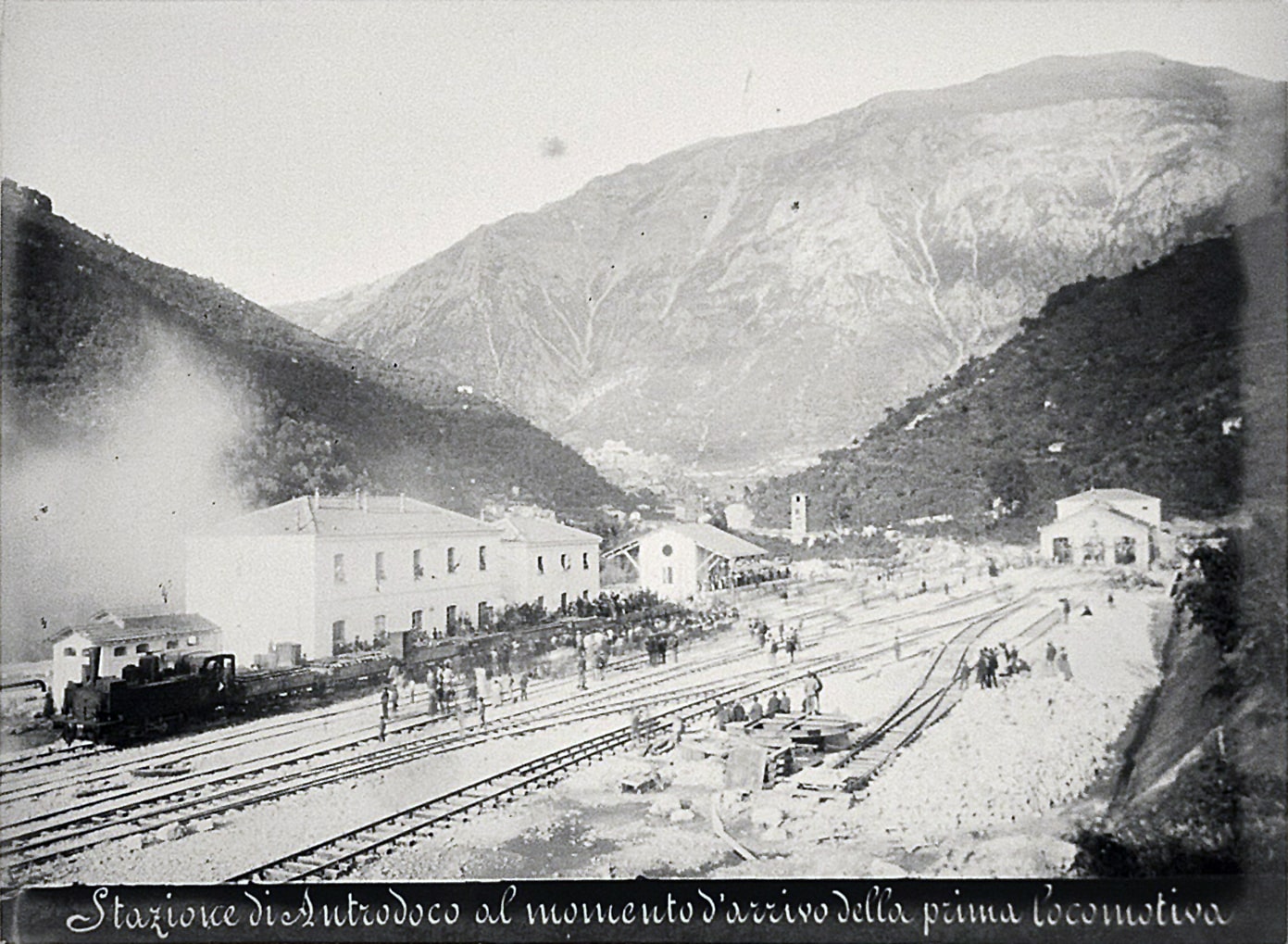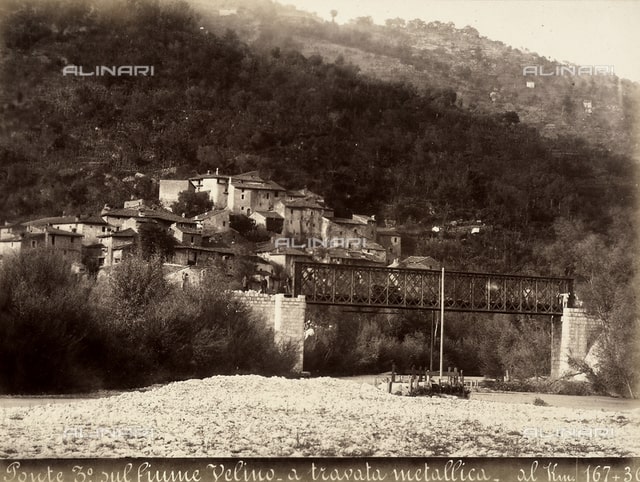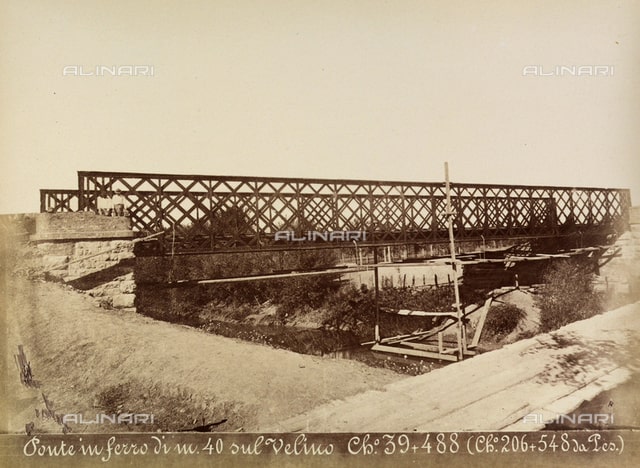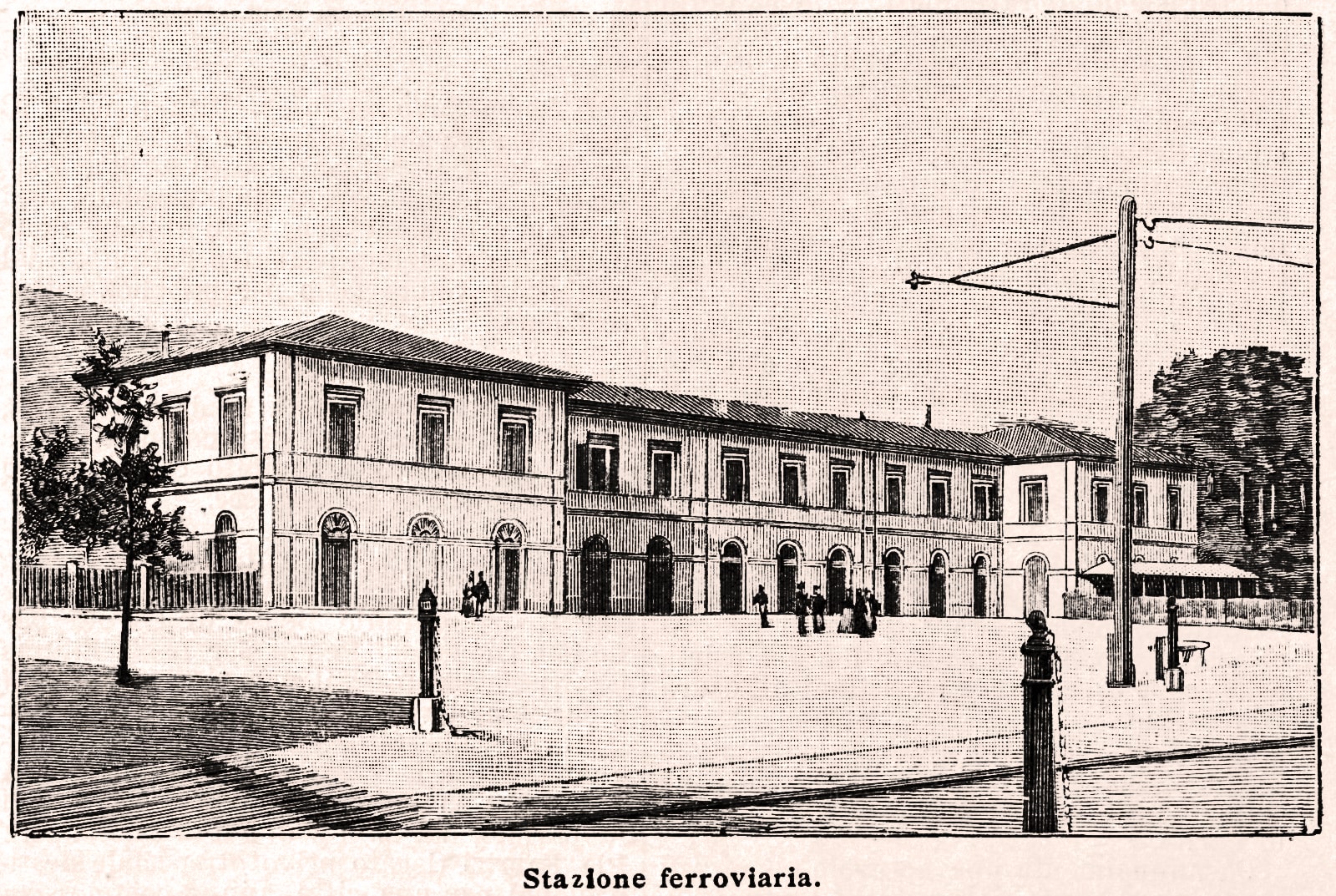




















LA FERROVIA DEL CENTRO ITALIA - La storia
Si può definire “la Ferrovia del Centro Italia” quel tratto che da Sulmona arriva a L’Aquila poi a Rieti ed infine a Terni, percorrendo 163,6 km, interessando tre regioni: Abruzzo, Lazio e Umbria.
Crossing the mountain chain of the Apennines, it climbs to a height of 989 metres at Sella di Corno, on the border between Lazio and Abruzzo, forming the steepest section of the entire Italian ordinary gauge railway network.
In the original plan, the final stop was to be Pescara, and the first section to be realised, in 1873, was actually the one from Pescara to Sulmona; in 1875 the line was extended to L'Aquila.
Nel 1882 capolinea provvisorio divenne Rocca di Corno, appena al di là del valico appennico; il 28 ottobre 1883 la ferrovia fu inaugurata nella sua interezza, cioè da Pescara a Terni, già stazione della preesistente linea Roma-Ancona: finalmente gli Abruzzi venivano in tal modo collegati alla Capitale.
Just five years later, however, in 1888, a direct Sulmona-Rome line was built: the Pescara-Sulmona section was then annexed to the new railway, and the Sulmona station on the Pescara-Rome line became the terminus for trains from Terni.
For the past 140 years, the Central Italian Railway has been essential for commuters travelling from the villages to nearby cities for work, study, care and recreation. With the development of road transport in the second half of the 20th century, the line lost its function as a strategic transport facility, although it still remains essential today for many commuters. In recent years, however, a new type of tourism is developing, that of rail tourism aimed at lesser-known villages and towns, also encouraged by journeys on historic trains that attract new travellers.
Treni lenti ed a volte antichi consentono ai viaggiatori di ammirare dai finestrini paesaggi sempre nuovi: vallate, gole, montagne, piccoli paesi, città, che le frequenti fermate ci invitano a visitare: è il cuore dell’Italia che si svela ai nostri occhi.